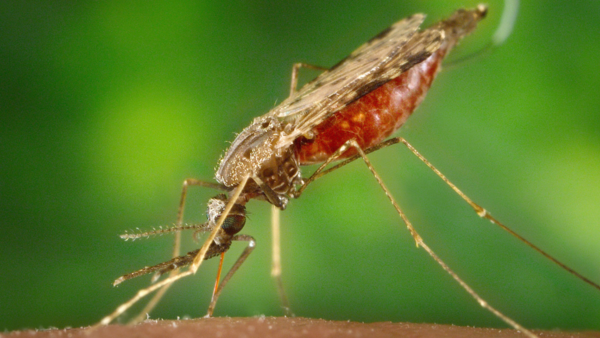A 75-year-old man from Kerala has been diagnosed with
murine typhus
. This is the state’s first documented incidence of this unusual
bacterial infection
. The patient, who had recently travelled to Vietnam and Cambodia, complained of significant physical discomfort and weariness upon returning. The initial testing for
flea-borne
infections was inconclusive, but further and deeper investigation revealed decreasing liver and kidney function, leading to suspect murine typhus.
Here’s everything you need to know about the disease, including
symptoms
, diagnosis,
treatment
, and
prevention
.
What is murine typhus?
Murine typhus is a not-so-common bacterial infection brought on by Rickettsia typhi. It is often referred to as endemic typhus or flea-borne spotted fever. The main way that humans contract it is through flea bites. Rats, cats, and opossums are among the animals that fleas carrying the bacteria frequently feed on, serving as reservoirs for the illness. A flea that has contracted the disease might carry it with it for the rest of its life. Murine typhus does not spread directly from person to person as certain other infections do.
Murine typhus is a very uncommon disease in India, however, occurrences have been documented in the Northeast,
Madhya Pradesh
, and Jammu & Kashmir, among other places.
How does murine typhus spread?
When bacteria-carrying flea faeces—also known as flea dirt—come into touch with some sort of wounded skin, such a scratch or bite site, murine typhus is spread. Although these routes of transmission are less frequent, the germs may also enter the body through the eyes or through inhalation. Individuals who work closely with animals or live in locations where there are a lot of fleas or rats may be more likely to get the illness.
The individual who was diagnosed in Kerala most likely came into contact with the virus while visiting Southeast Asia, where murine typhus is more common. Particularly when the results of the preliminary tests were inconclusive, his travel history offered vital hints for the diagnosis.
Daily Habits Crucial for Heart Health
Symptoms to watch out for
Symptoms of murine typhus usually develop within one to two weeks after exposure. Early signs are often non-specific and can be mistaken for other illnesses, which is why awareness of travel history and potential exposure is essential for diagnosis. Common symptoms include:
- High body temperature and feeling cold are among the first signs.
- Severe headaches and muscle pain are typical symptoms.
- Gastrointestinal distress may occur.
- A rash may develop, usually starting around the fifth day of illness.
- Persistent tiredness and weakness are common.
- Abdominal discomfort can be a symptom in some cases.
Although the majority of cases are resolved with appropriate antibiotic therapy, untreated complications may result in hospitalization or serious organ damage.
Since there is currently no vaccination against murine typhus, environmental and personal cleanliness are the primary means of protection.
I’m Manas Ranjan Sahoo: Founder of “Webtirety Software”. I’m a Full-time Software Professional and an aspiring entrepreneur, dedicated to growing this platform as large as possible. I love to Write Blogs on Software, Mobile applications, Web Technology, eCommerce, SEO, and about My experience with Life.




